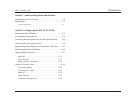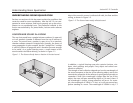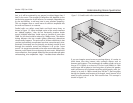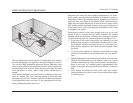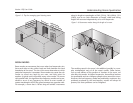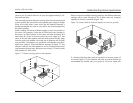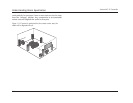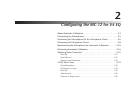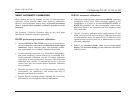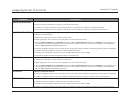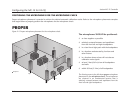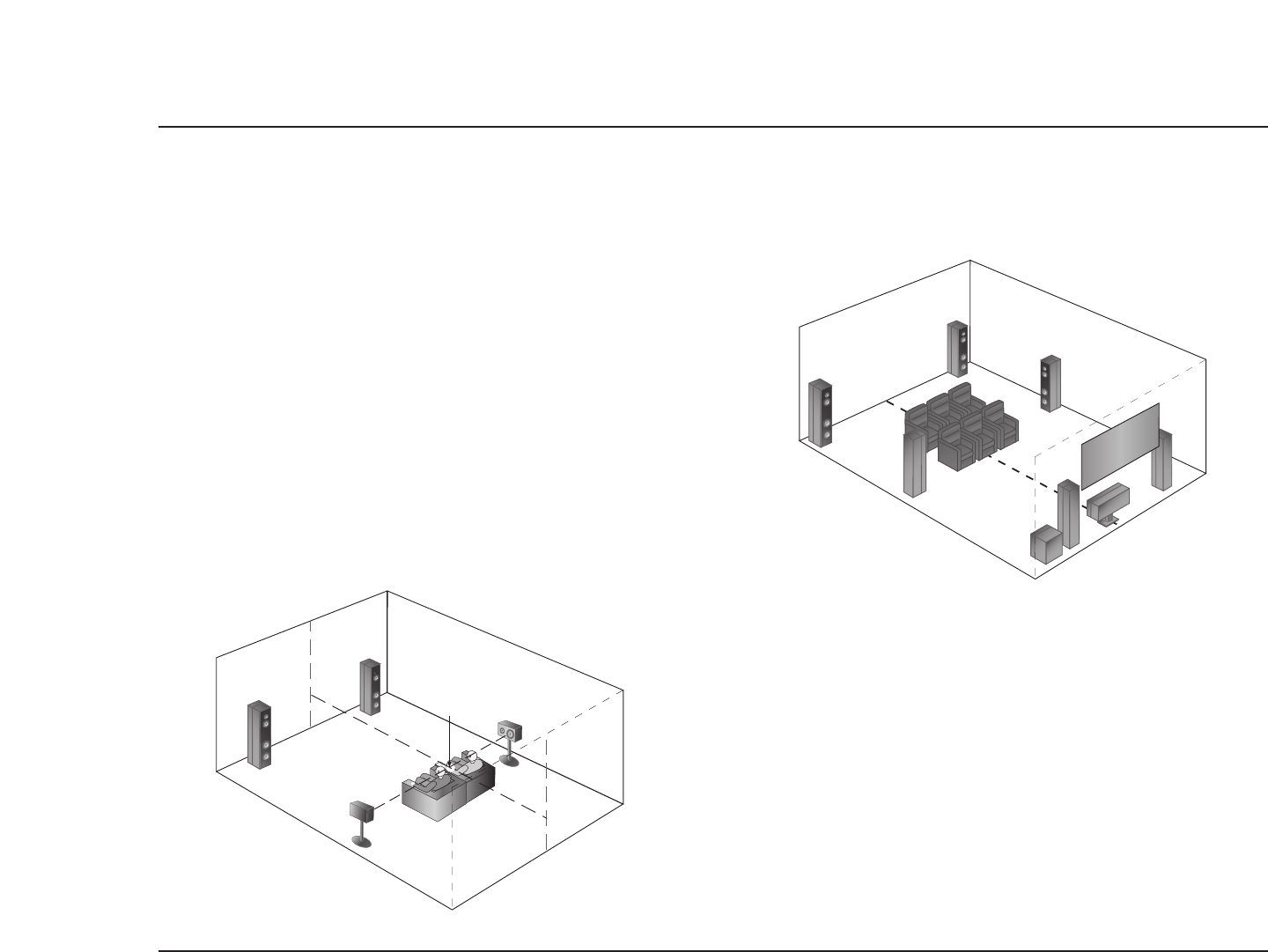
Understanding Room Equalization
1-7
Version 4 EQ User Guide
close to you, its sound will arrive at your ears approximately 5 mil-
liseconds too early.
The surround processor distance settings allow the surround sound
system to delay the sound from each speaker just enough to realign
them all to each other. Levels must also be balanced because a
speaker positioned too close to you will be too loud compared to
the other speakers.
Perfect settings for level and distance apply to only one position in
the room. For example, if one seat is 8 feet from every speaker in
the room, no other location in the room will also be exactly 8 ft
from them all. A seat to the left of that first one might be 3 feet
closer to the left side speaker, and the same amount further away
from the right side speaker. No single set of distances will fit both
seat positions. Fortunately, our perception will tolerate some devi-
ation from “perfect” level and distance settings. In Figure 1-7, the
distance value for the side speakers is set to a location about mid-
way between the two seats, giving an error of only 1.5 feet for both
side speakers for both seats.
Figure 1-7. Distance setting point for side speakers.
Distance value for side speakers
should be set to
this point
When a room has multiple viewing positions, the distance and level
settings will be more accurate if all of those seats are clustered
together as closely as possible (Figure 1-8).
Figure 1-8. Seats should be clustered together as much as possible.
If a favorite listening chair must be located in a remote corner of
the room (Figure 1-9), the listeners will have to choose whether to
accomodate the remote seat or to ignore it. No set of values will



